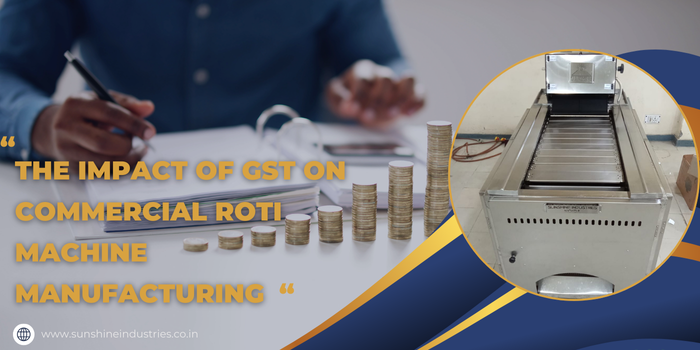
The Impact of GST on Commercial Roti Machine Manufacturing
The implementation of Goods and Services Tax (GST) in India has significantly reshaped the taxation landscape for manufacturers, including those in the roti machine industry. GST aims to streamline the tax system and offer a more seamless structure for businesses across various sectors. However, for roti machine manufacturers, it presents both opportunities and challenges. While GST standardizes tax rates, machinery such as automatic chapati machines is taxed at a uniform rate, which could affect their price competitiveness. Manufacturers must also focus on managing the GST Input Tax Credit (ITC) effectively, as this credit allows businesses to offset taxes paid on raw materials and components, potentially reducing overall costs.
In addition to the domestic implications, GST offers significant benefits for manufacturers exporting chapati machines. The system zero-rates exports, allowing businesses to claim refunds on the GST paid for raw materials used in production, thus providing a financial advantage. However, navigating the refund process requires careful attention to documentation. Moreover, manufacturers must remain compliant with GST filing schedules, especially those exceeding a certain turnover threshold. Failing to meet these filing requirements can result in penalties or disruptions. Understanding the intricacies of GST is crucial for roti machine manufacturers to minimize costs, ensure smooth operations, and stay competitive in both the domestic and international markets.

